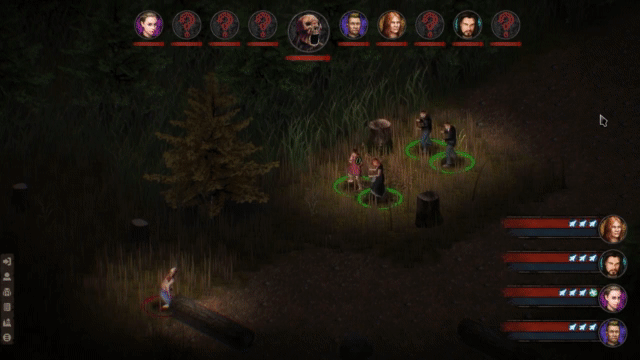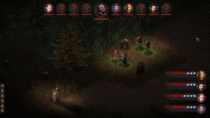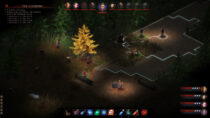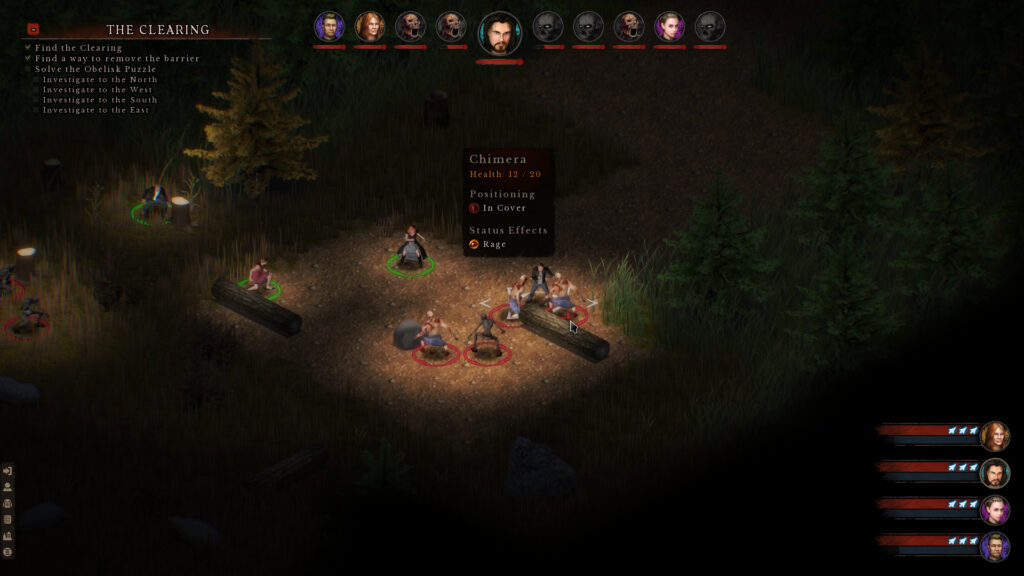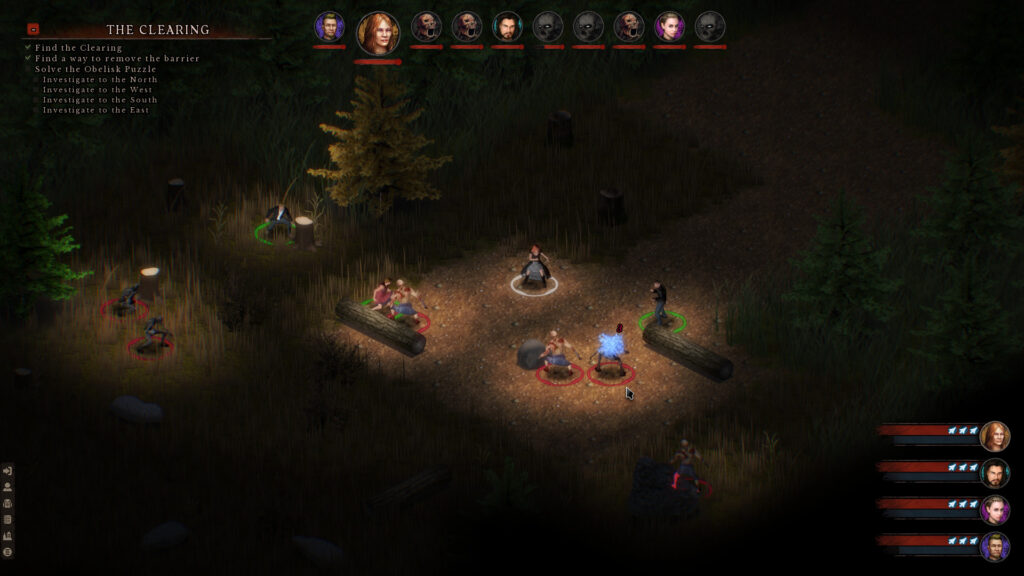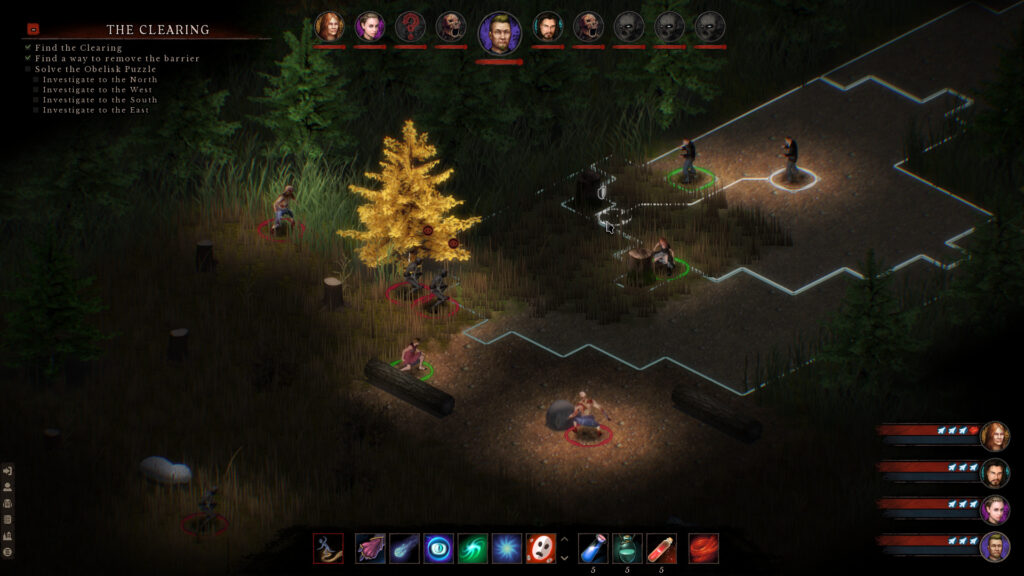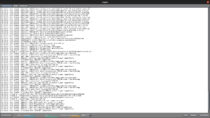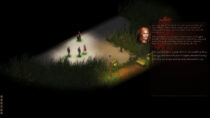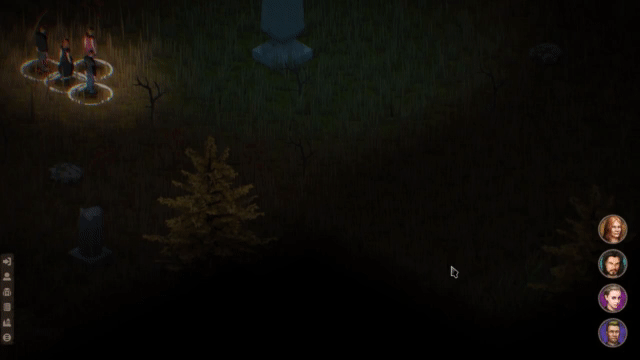We have briefly discussed camera during exploration in Update #12, now it’s time to discuss camera during combat.
Because exploration is done in real-time and combat is turn-based and because during combat the player is facing different challenges that during exploration, the camera control also needs to be a bit different.
In practice there are more things happening and it is even more important to clearly convey the information to the player.
Previously the camera would just automatically focus on the character who’s current turn it is. However this proved insufficient. Among others there were problems with AI controlled characters moving faster than the camera, resulting in empty, irrelevant space being shown, also monsters entering and leaving Fog Of War proved a bit of a challenge.
After a round of polish the camera behaves much better. The focusing logic has been improved, as well as it now follows the current character during their turn. All of this behaviour can be overridden immediately by the player if they choose to move the camera somewhere else. This combination of automatic behaviour with an easy way for the player to take over seems to work well so far.
